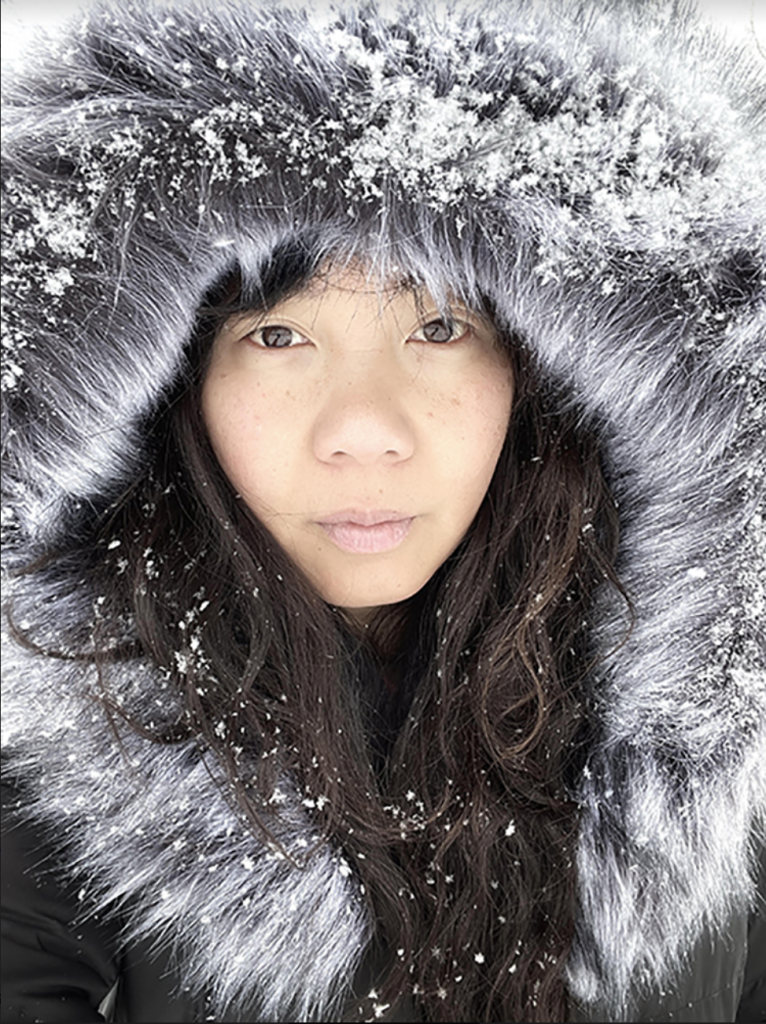
Christine Nguyen
The Invisible Within
In 2015, Christine Nguyen participated in the Wildfjords Artist Residency, during which she spent time in the Westfjords backpacking. The Invisible Within was inspired by the self-reflection she did during this time, which simultaneously involved inhaling the diverse landscape and connecting with the land and sea. Nguyen’s work relates deeply to nature, the cosmos, and the sea—the micro and macro worlds and how we’re all connected to them.
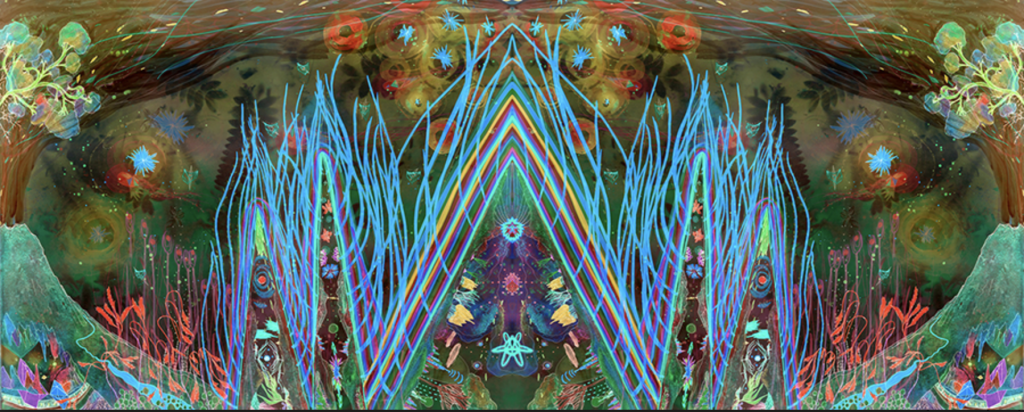
A lover of animals, plants, and nature, Christine Nguyen was born and raised in California and currently resides in Aurora, Colorado. She received her B.F.A. from California State University, Long Beach, and M.F.A. from University of California, Irvine. Exhibitions of her work have been shown nationally and internationally. Her works can be found in various collections, such as the J. Paul Getty Museum Department of Photographs, the Getty Research Institute, and the Armand Hammer Museum in Los Angeles, CA; the Burger Collection in Hong Kong; the Royal Melbourne Institute of Technology (RMIT) in Hanoi, Vietnam; the Long Beach Museum of Art and Kleefeld Contemporary Art Museum in Long Beach, California; Cleveland Clinic in Cleveland, Ohio; and the Microsoft Collection.
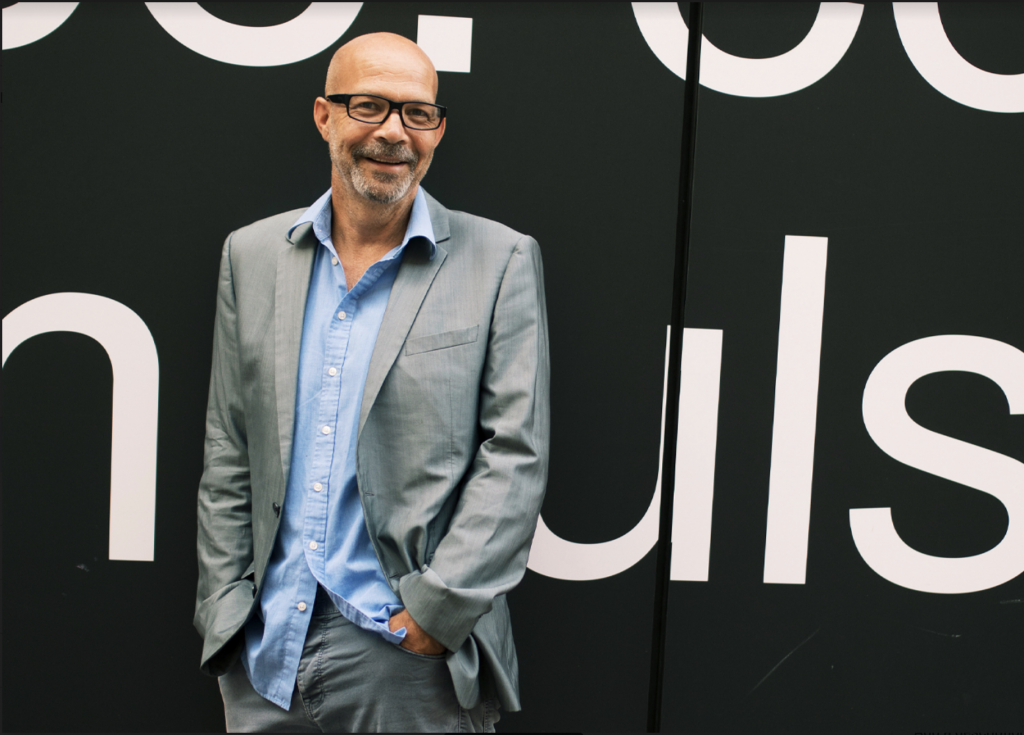
Heinz Kasper
WaterWork 2.1
In WaterWork 2.1, fragments of a watery world are transformed from the outside to the inside. A spatial experience surrounds the viewer and takes them into a contemplative, meditative mood.
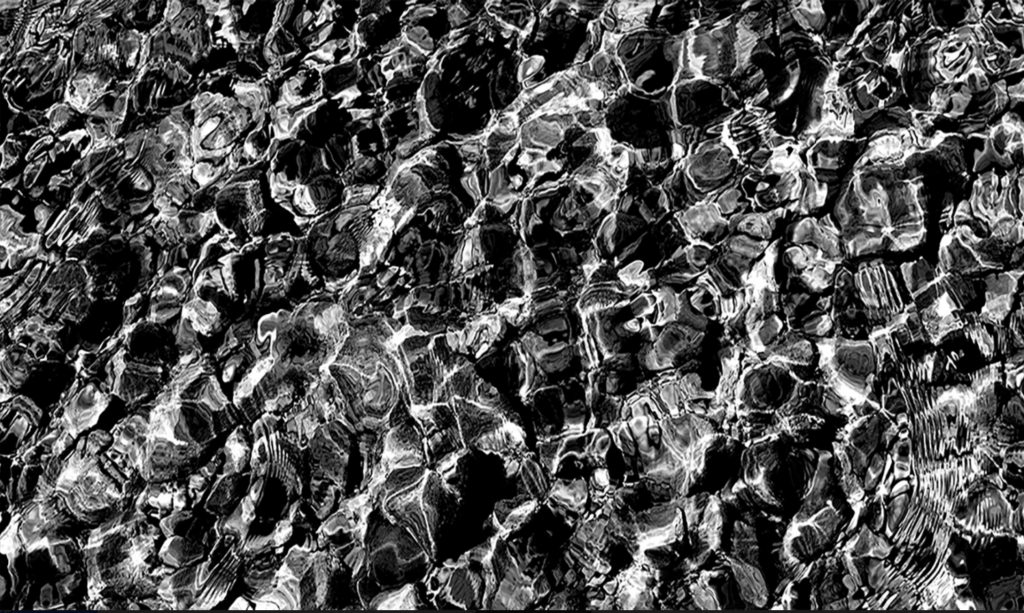
Heinz Kasper is a light painter, light designer, and light dramaturge. For him, light is color, rhythm, and form; it is the essence, the foundation, of his multifaceted works—from the simplicity of a beam of light to complex intermingling of luminosities to orchestrations in which light itself is given a voice.
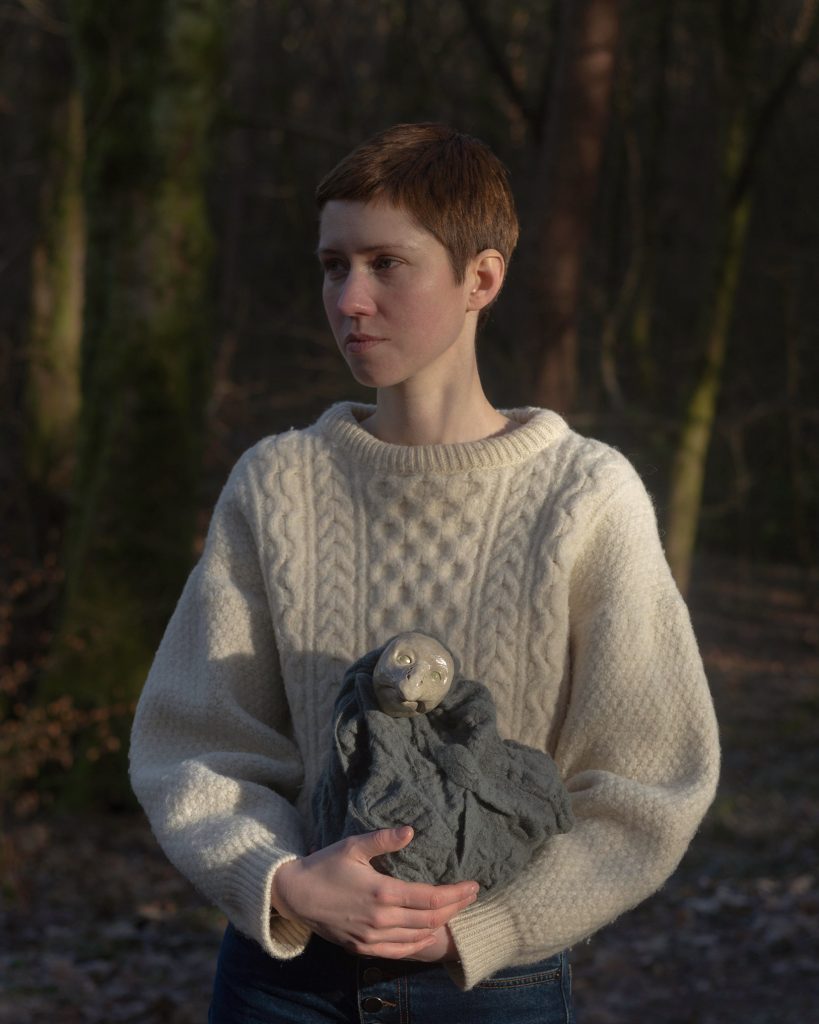
Aniara Omann
Merchild
Merchild is a series of small sculptures in recycled plastic, seaweed, silicone, ceramic and felted wool. The sculptures are inspired by mermaid myths and take the form of fictional futuristic sea creatures, which as a result of the drastic rise of the world’s oceans are in the process of evolving “back” to sea animals and therefore exist in an evolutionary intermediate stage between humans and animals.
Installed on walls, floors, and vertical hangings, the installation suggests that the viewer is walking on the seafloor between these various creatures from the future. These merfolk are half human, half shrimp, mussel, crab, and squid, and refer aesthetically to both cute children’s book illustrations and grotesque Nordic sea monsters.

Aniara Omann was born in 1987 and grew up in Denmark. She currently lives and works in Glasgow, UK. She graduated from Funen Art Academy, Denmark, in 2012 and from Glasgow School of Art’s M.F.A. program, Scotland, in 2014. Her work explores themes of interconnection, biodegradability, and futurism while drawing on the language and aesthetics of sci-fi and fantasy film. She works ina variety of media, including sculpture, sound, performance, installation, and writing.
www.instagram.com/aniaraomann/
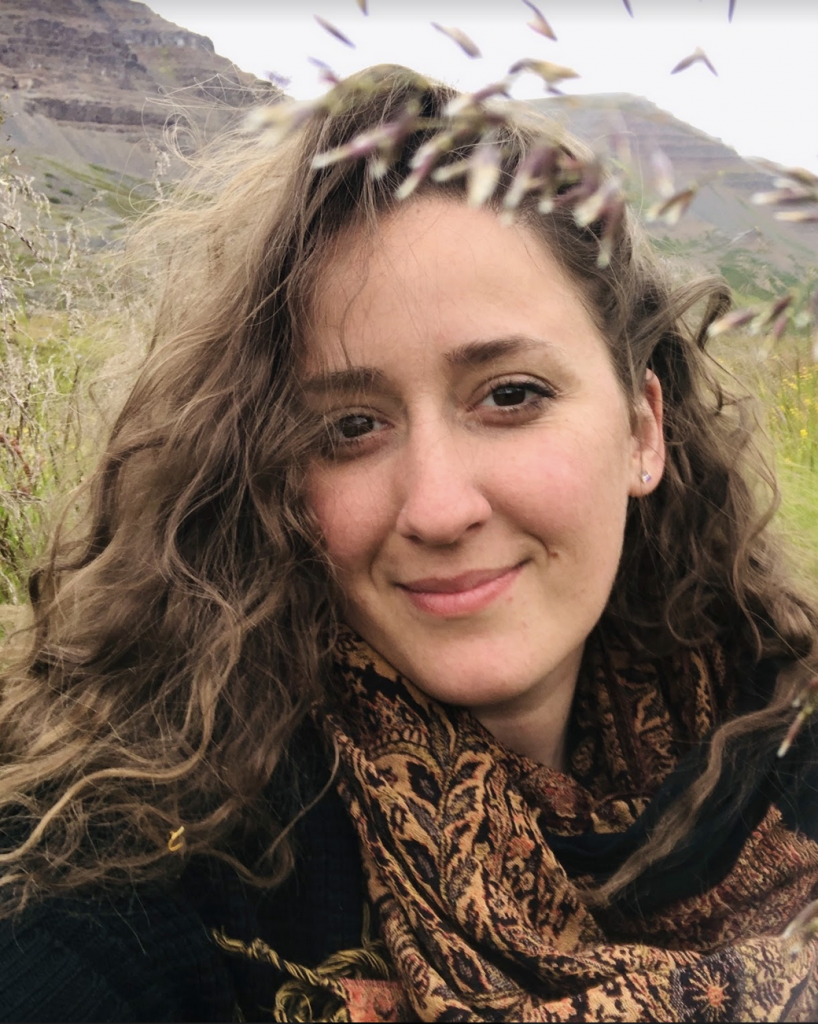
Iða Brá Ingadóttir (IS)
VERA
Contrasted with the raw structures and worn down walls of the space, light jellyfish-like sculptures seek to transform what once was the fish oil tank into softness and healing. Through the rough, VERA encourages the finding of an inner sanctuary despite any hardship or pain. Touched by the natural daylight and the weather, wind and rain seeping through the roof, ambient sounds fill up the old tank reminding one to be present and one with the moment.
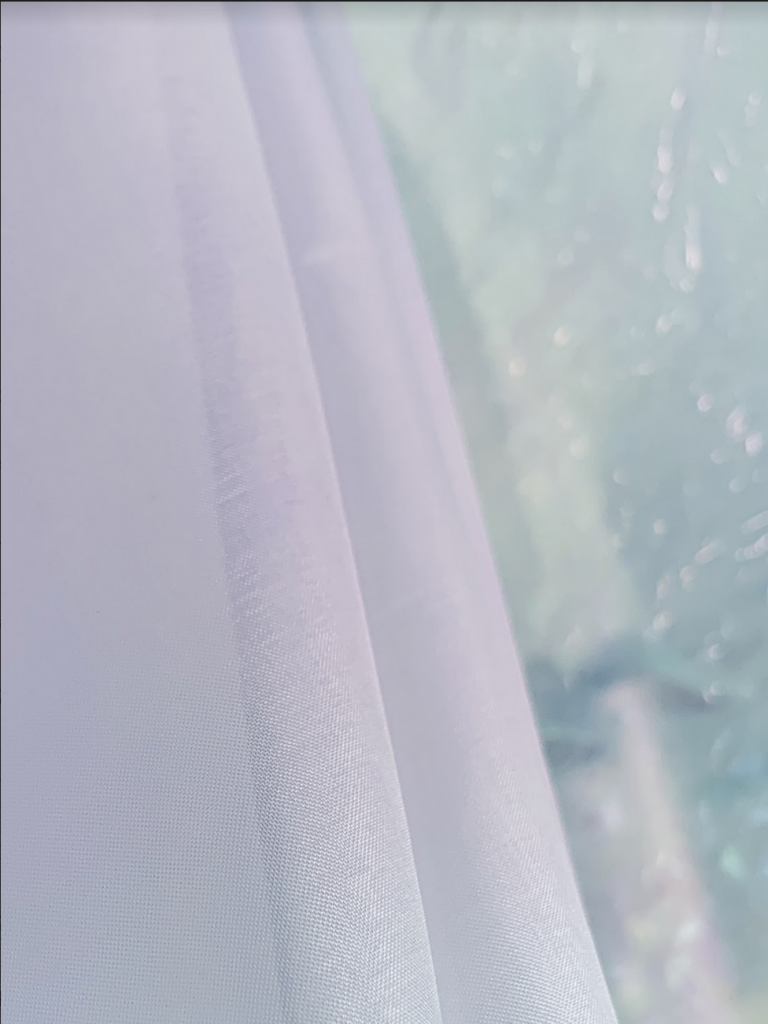
Iða Brá is an artist and designer living in Iceland. She works in various media, including painting, installation, writing, performance, video art, and photography and has done projects as a costume and set designer. A kaleidoscopic quality pervades her work, which changes depending on the angle from which you look. Using organic, magical, and feminine themes, she builds a strong connection to the deep mythos of Nordic nature while implying an otherworldly quality via iridescent, colorful, and light or very contrasted textures. While playful and mysterious, her work also yields a sharp clarity that pierces through veils of illusion and the noise of superficial society.
www.instagram.com/idabraingadottir/

Simon Lambrey (FR)
The appearance of water
The appearance of water (first moment)
The appearance of water (second moment)
The appearance of water (third and last moment)
This triptych presents three moments of the appearance of water, personified in the body of a man. This appearance takes place before a multitude of walkers, travelers, and people from all over who are gathered on a shore. The spectator adopts the point of view of this crowd before we, the spectators, finally become that crowd on the shore. We are therefore included in the story it tells.
The poetic text that accompanies the three drawings tells the story of the appearance of water and invites contemplation.

Simon Lambrey was born in 1975 in Picardy, France. After getting his start in modeling and stone carving at the School of Fine Arts in Beauvais, he joined the Ecole Normale Supérieure de Lyon in 1995. In 2005, he earned a Ph.D. in Cognitive Sciences on the perception of space. Throughout his studies and his scientific pursuits, he continued his artistic training and career, participating in several group exhibitions. In 2012, he left the scientific world to focus primarily on plastic visual art and sculpture. Today, Lambrey lives and works in Paris.
www.instagram.com/simonlambrey
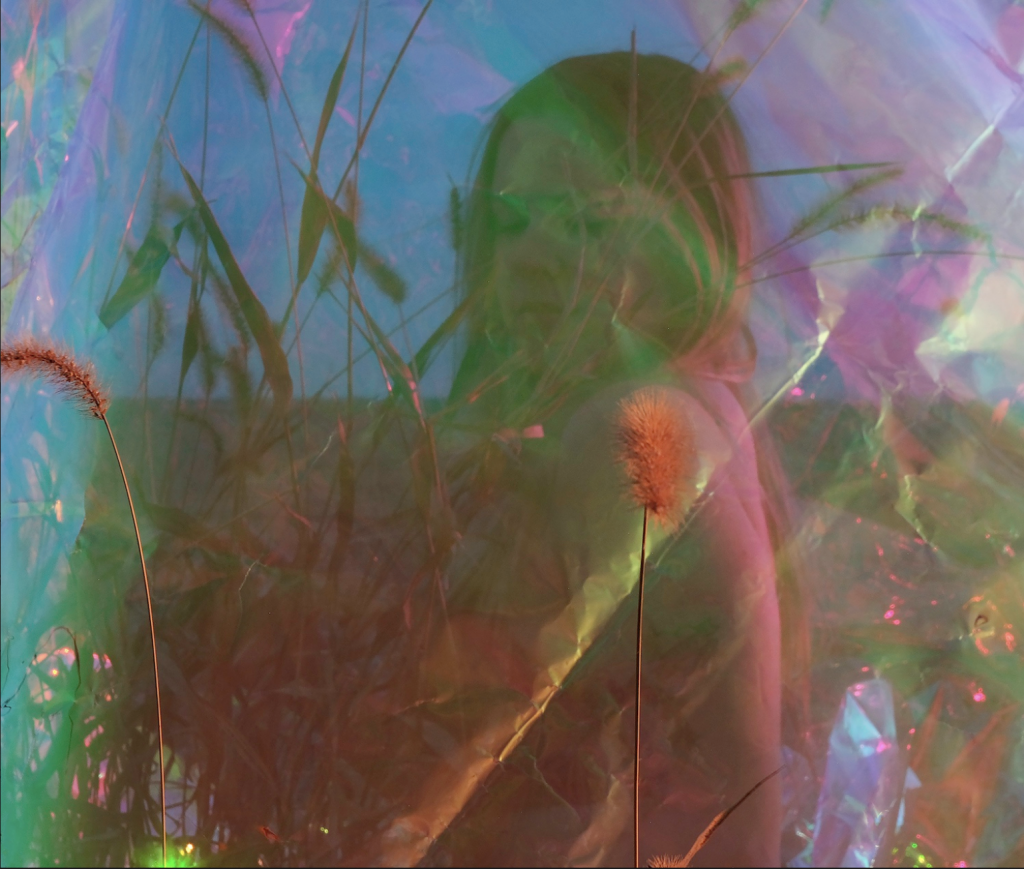
Heidi Zenisek (US)
There & Here
The Icelandic landscape offers moments of both commanding fixity and fleeting brevity. These dichroic columns are in tune with that magical quality. They lure us in with their sparkle, playing with the human instinct to be drawn to water’s glistening surface. It’s the artificial mimicking the natural. The fragile film contrasts with the existing architecture in the Factory much like the relationship between mountain and sea, earth and sky. Is it architecture or adornment, column or crystal, reflection or aurora? The concrete of the Factory offers a sense of permanence, while the ethereal columns exist in the stasis between two places. A ghost image suspended between sites, times, dimensions, lands, There & Here is neither here nor there. Or both there and here?
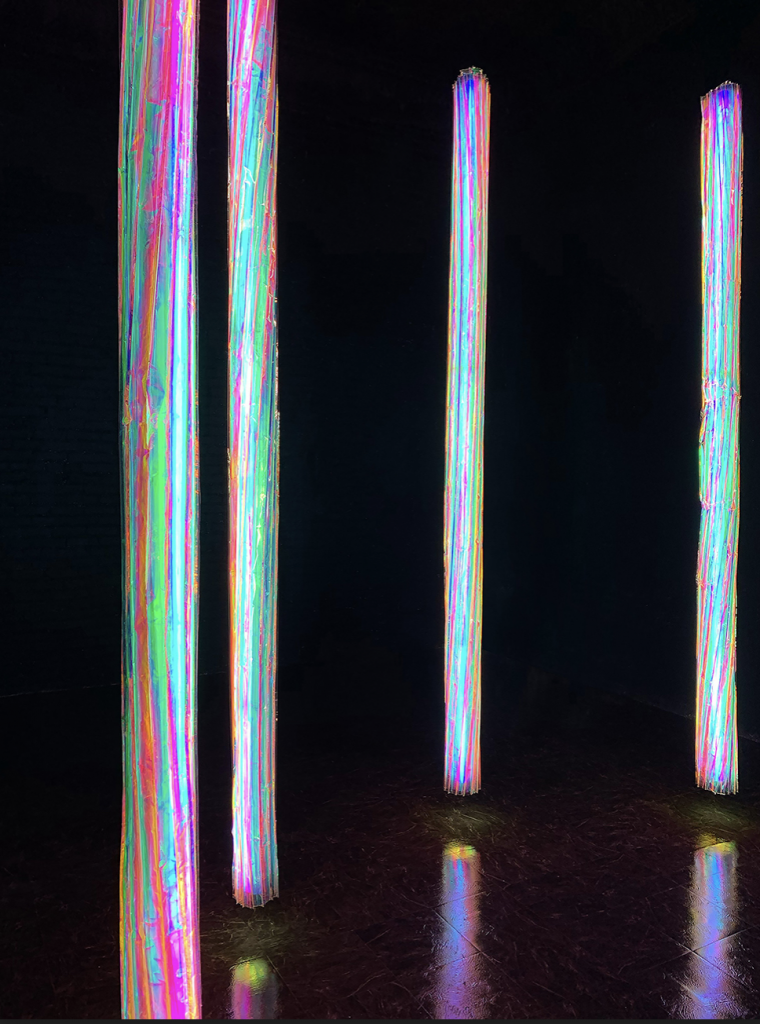
A self-identified Midwestern Heifer, Heidi Zenisek was born in a barn to humble farmers surrounded by dirt, corn, cows, and rust. Having witnessed firsthand the whimsy and brutality of nature during her farmstead childhood, she makes work that doesn’t necessarily depict the land but is of it, recasting our understanding of place and collapsing the distance between life and death. She taps into what we don’t know and can’t see to experiment with the threshold of sense perception—looking and seeing, hearing and listening, giving attention and awareness, and exploring what lies in between. Zenisek holds a B.F.A. from the University of Iowa, an M.A. from Eastern Illinois University, and an M.F.A. from the University of Maryland.
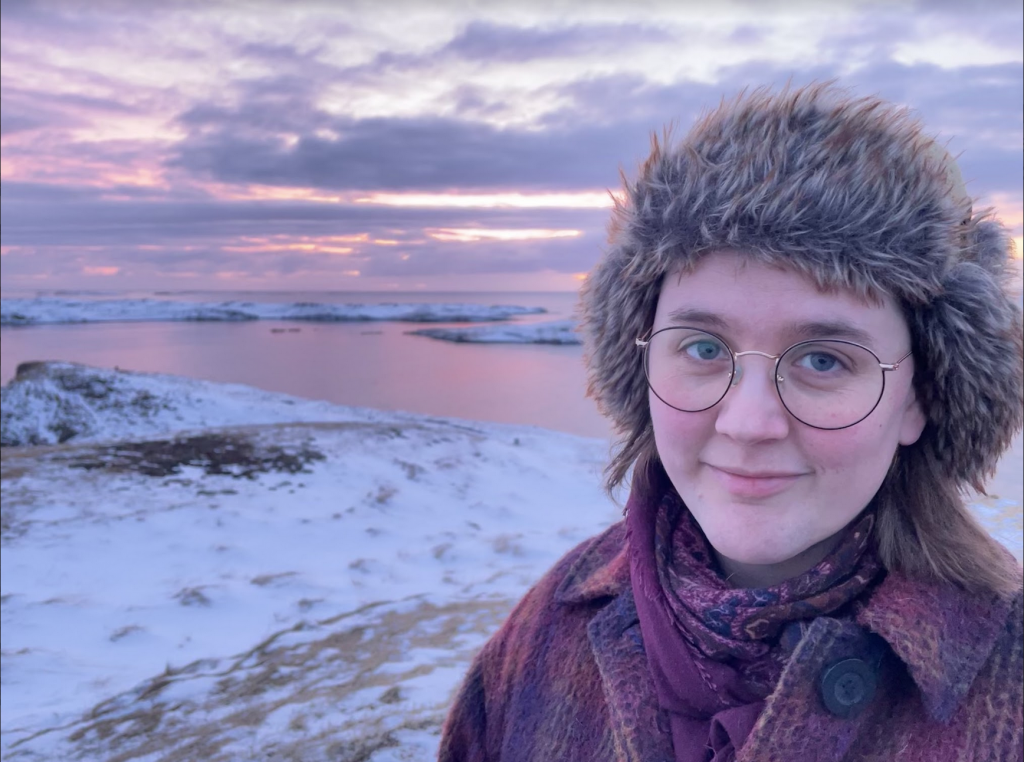
Halla Birgisdóttir (IS)
Djúpavík
Djúpavík is a visual poem about how a specific place can engage human perception of time. The work is a conjuncture of text and pencil drawings about the past, present and future.
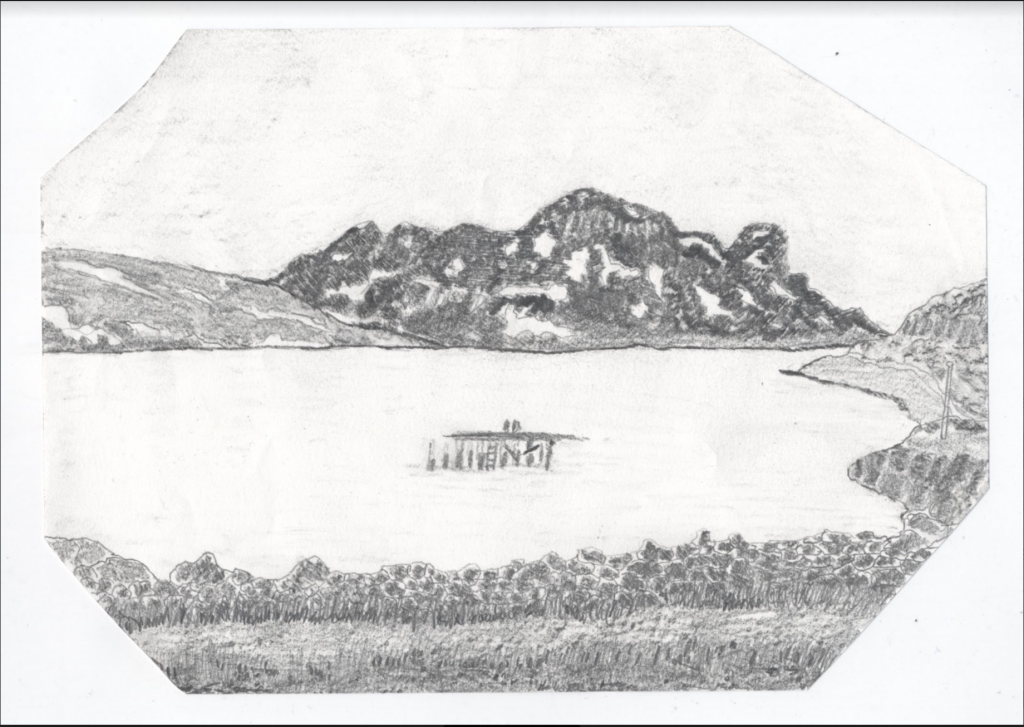
Halla Birgisdóttir lives in Reykjavík and has exhibited all around Iceland. She uses drawings and text to create a fractured narrative space, which she presents to the spectator as, for example, a performance, a book or wall drawings.
www.instagram.com/hallamyndskald

Melkorka Þorkelsdóttir (IS)
the world is my bioluminescent and therefore plantbased oysterthe world is my bioluminescent and therefore plantbased oyster
the world is my bioluminescent and therefore plantbased oyster is a painting and sculpture series inspired by the quasi-Shakespearean saying “The world is your oyster.” As a part of Gen Z, the artist takes a tongue-in-cheek approach to the common belief among older generations that entitled “Zoomers” are self-absorbed, tech-addicted tradition-killers. Fascinated by all things miniature, such as dollhouses, Mellí forms an imaginary Polly Pocket microcosm in her oyster-like sculptures within a colorful pastel fantasy world.
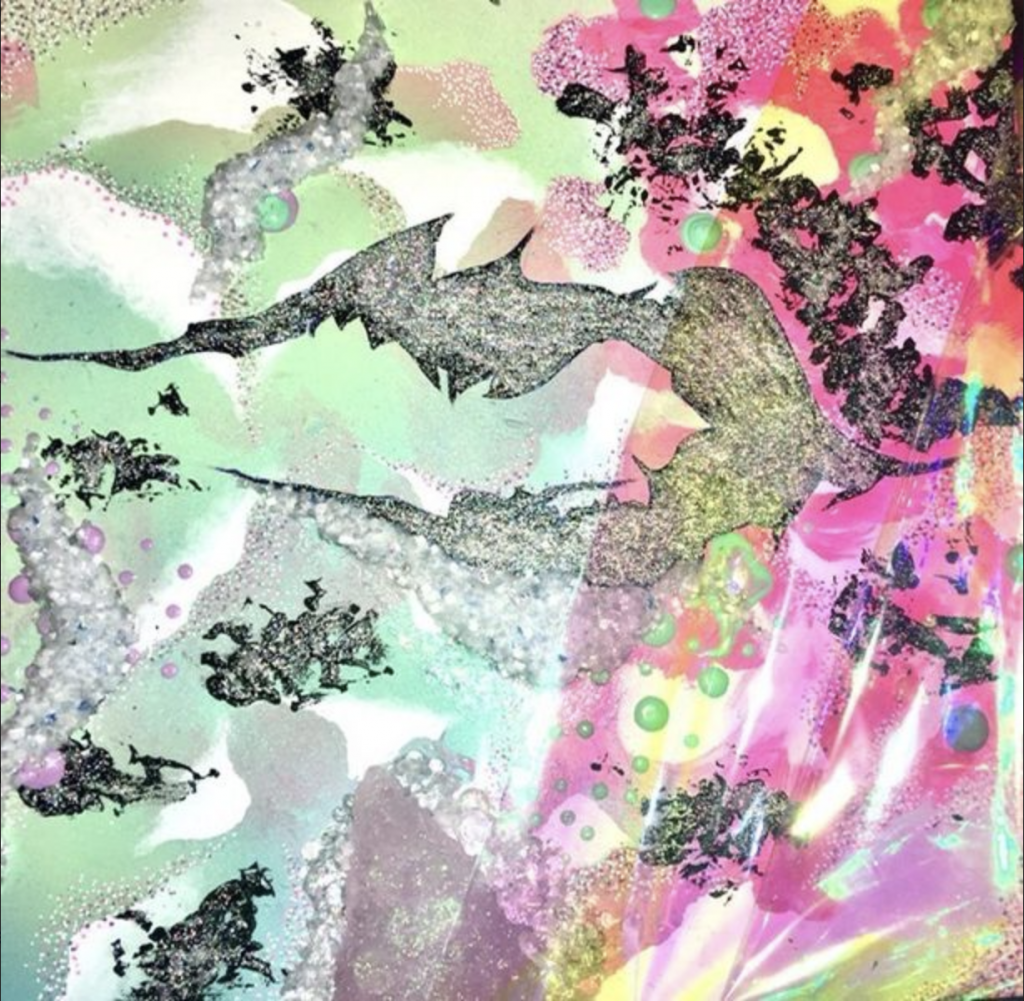
Mellí (Melkorka Þorkelsdóttir) is a visual artist based in Reykjavík. Her recent solo exhibitions include Hýsill (2020) in Hannesarholt Gallery, Mint Foil (2019) in Flæði Gallery, and QR QT (2019) in Bismút and Bótaník (2019) as part of the Sequences Art Festival. Mellí is a member of the Association of Painting Women (Félag hinna málandi kvenna) and intertwines handmade epoxy and glass sculptures with her abstract, colorful paintings. She is heavily inspired by queer aesthetic—hence her rainbow and iridescent palette—and mainly works with holographic pigments and luminescent gradients, creating a prismed mixture of abstract geometry and artistic mineralogy.
www.instagram.com/plexiprismi/
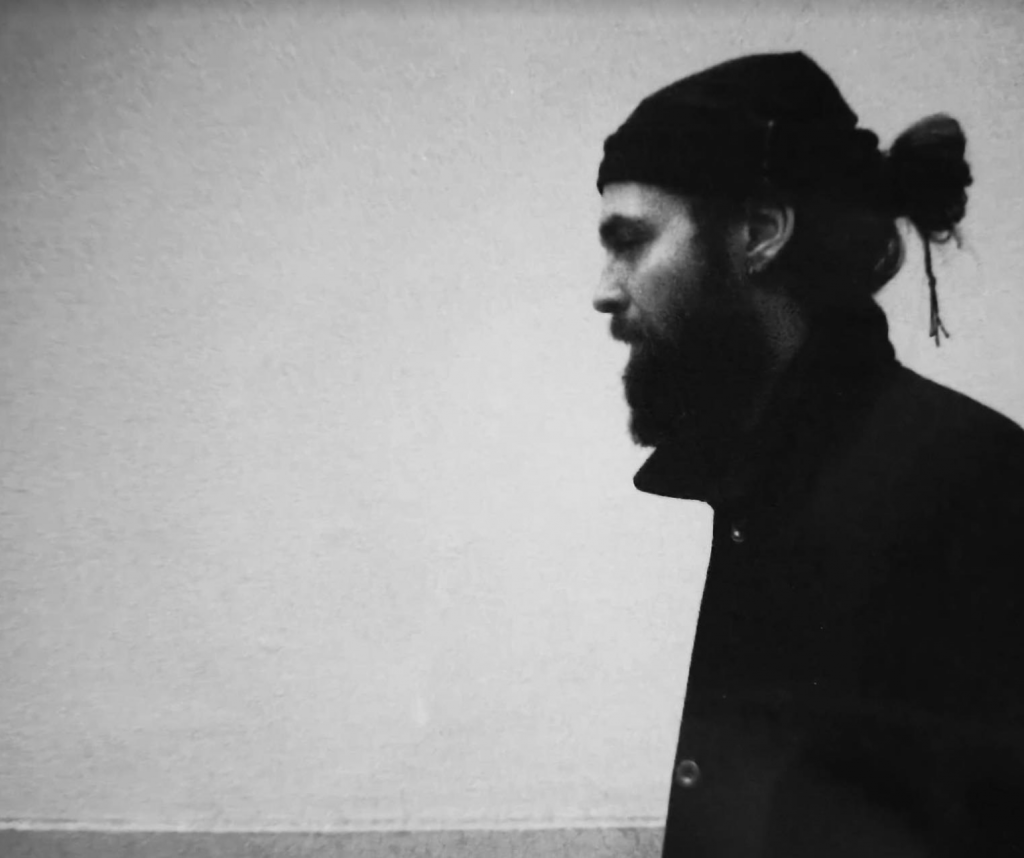
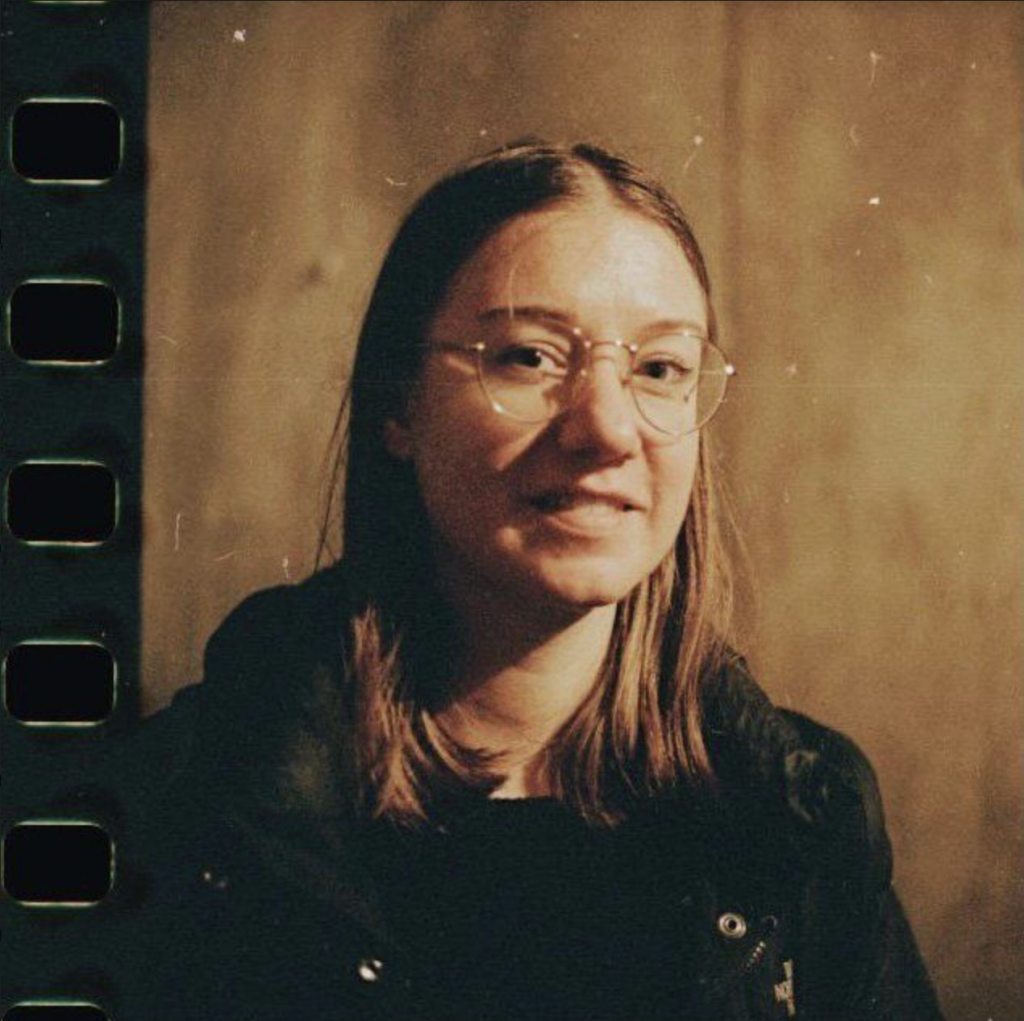
Björn Hugason (IS)
Christalena Hughmanick (US)
Pilgrimage
Pilgrimage is concerned with proximity—the presence meeting the absence. Soil and rain transform outer garments through time and movement. Coverings constructed by hand-stitching felted Icelandic wool are dyed naturally through five days of walking. This work aims to return lost senses to the viewer through visual intimacy and the aesthetics of pilgrimage.

Björn Hugason is an Icelandic designer currently working from Reykjavík, Iceland. Having studied fashion design in Italy and later developing his skills at the artisanal fashion label Deepti Barth in Berlin, his work captures the passage of time, through natural dyeing and the slowly aging tones and textures of his textiles. His works are concerned with imperfect surfaces and marked by a dialogue between the past and the present. In 2022, Björn made the debut collection of his own artisan label, which experiments with new forms by seeking multiple textures through ancient hand-dyeing techniques using antique and dead stock textiles.
Christalena Hughmanick (b. Lancaster, Pennsylvania) is an artist and educator. Her post-disciplinary practice engages with human relationships between craft and labor, plus the scaled production systems that have generated these histories. She has exhibited internationally and been an artist in residence at the American Academy in Rome, SÍM Reykjavík, the Moholy-Nagy Művészeti Egyetem in Budapest, and Wedge Projects in Chicago. Her work has been supported by the Fulbright Foundation, U.S. Department of State, Grainger, and the Lenore Tawney Foundation Scholarship, among others. She holds an M.F.A. from the School of the Art Institute of Chicago.
www.instagram.com/christalena_hughmanick
Alexis Brancaz (FR)
Bee fly and deal with flowers.
This project envisions an abandoned building as a place full of potential, where all scenarios are possible. It provides a definition of the present: the object, the image, or the environment as time which contracts into space.
The intention isn’t to create a new form but to ask about the conditions and the reception that the existing forms produce. You may find that asking how to inhabit these preexisting structures is more constructive than projecting yourself into new narratives or fleeing into novelty. Bee fly and deal with flowers creates a space between reality and imagination, extending fiction toward reality while simultaneously extending the notion of the image.
Alexis Brancaz, a mixed media artist, hails from France and holds a B.A. from the Royal Academy of Art of Antwerp, Belgium. His interests include narrative and speculation, as well as translation and topology (of things and especially language). His current work involves the neurotic behavior of navigation and questions how we navigate images, sites, and the in-between.
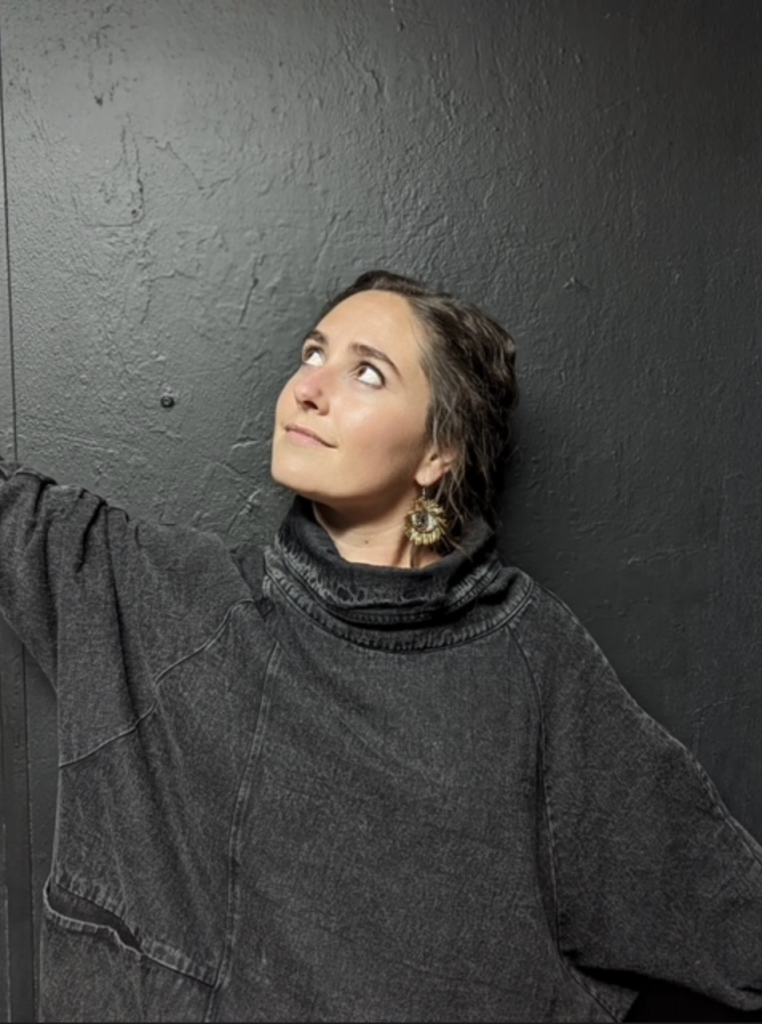
Kate Robinson (US)
Untitled
When herring populations dropped due to overfishing in the 1950s, the factory shut down leaving little else – a consequence of attempting reign over natural systems. Now the factory is a monument to the tenderness of caring for a space and an environment. We tend to spaces as a form of care, resilience, community and connection to Earth. These behaviors feel wildly present when working in this continuously mended building. The factory is a patchwork of fixes accumulated over decades.
I have created moments that hang in a balance, stabilized by weights and rubble from the building. Working with discarded fishing equipment from the factory, I’m playing with ways of “fixing,” patching, and tending to the space. In tethering and weighting objects, they become tenuously stable.

Kate is a maker of all things that hang in the balance. She is an installation artist and recovering painter. She received her MFA from North Carolina at Greensboro. She is currently based in North Carolina and teaches at UNCG. She has exhibited widely throughout the US and participated in multiple residencies, most recently Stove Works in Tennessee.
www.instagram.com/katelittletonrob/
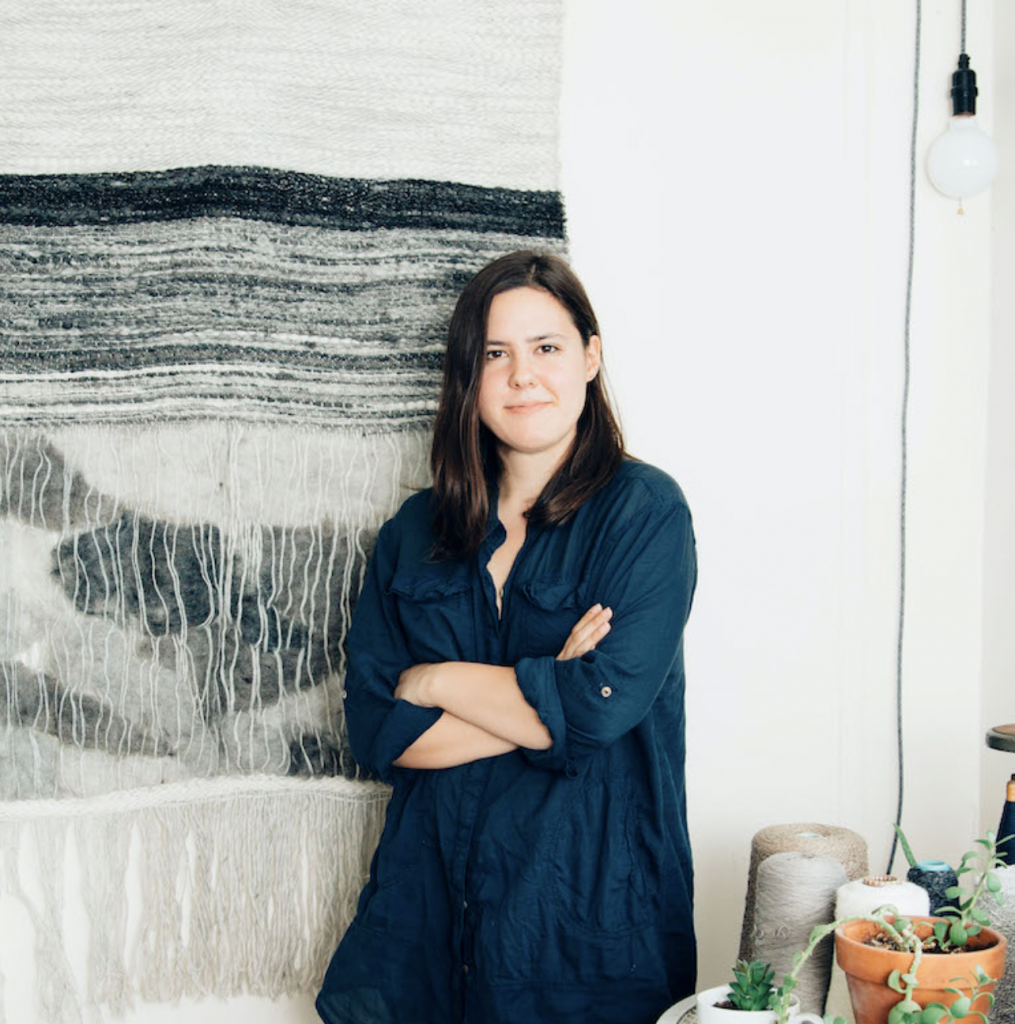
Sarah Finkle (US)
Moments / Movements
At the core of Sarah’s work is a search to understand the body’s relationship to space through textiles. She uses both her materials and the exhibition space as her medium, creating new perspectives in understanding how we move through space. In this way, there is a somewhat symbiotic relationship, the space influences the work and the work influences the space. Moments / Movements incorporates and is influenced by the factory, wrapping textiles in, through, and around to create new pathways, routes, and gestures for the viewer to explore.
//
Sarah Finkle is a New York City based fiber artist. She received her bachelor’s degree in studio art at Skidmore college, with a concentration in textiles and sculpture and is currently in the Fine Arts Masters program at Lístaháskolí Ísland. Along with exhibiting her works within New York City and abroad, she has further explored textiles within scenic design, creating interactive fiber installations for theater and dance productions including The Shapes We Make with Our Bodies (2017), Ghost Women (2018), and You Sound Like a Girl (2018-2019). Her work is a continuous search of space, of material, of the body. How our bodies feel, react, and engage with space and the ongoing challenge to make these feelings tangible.
| www.sarahfinkle.com www.instagram.com/sarahsaritfinkle/ |

 English
English